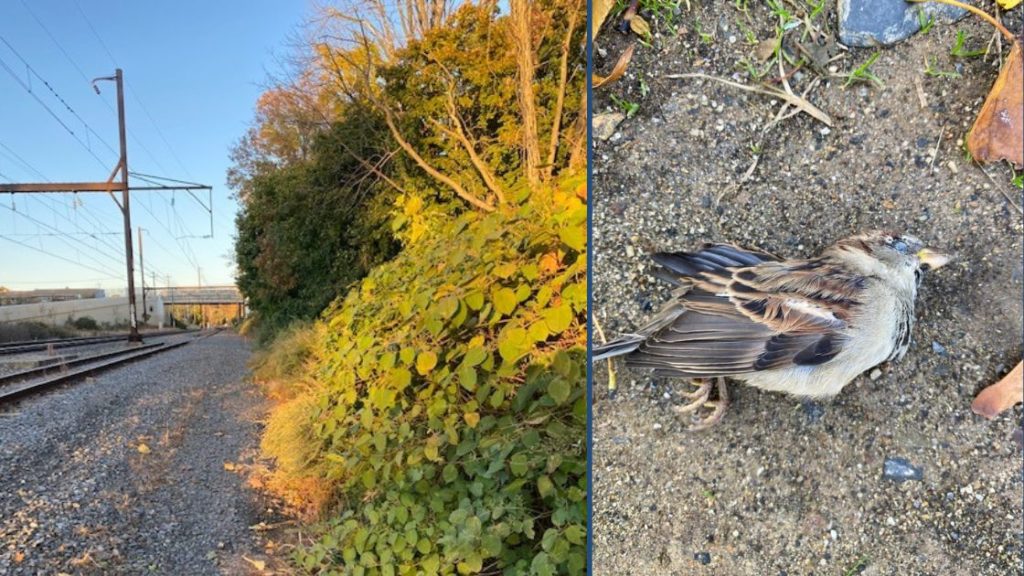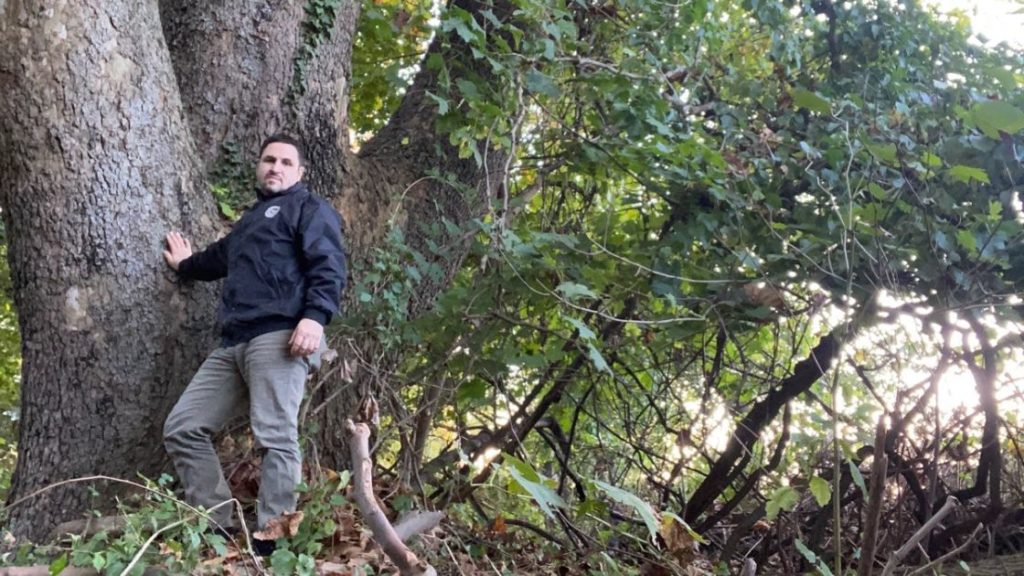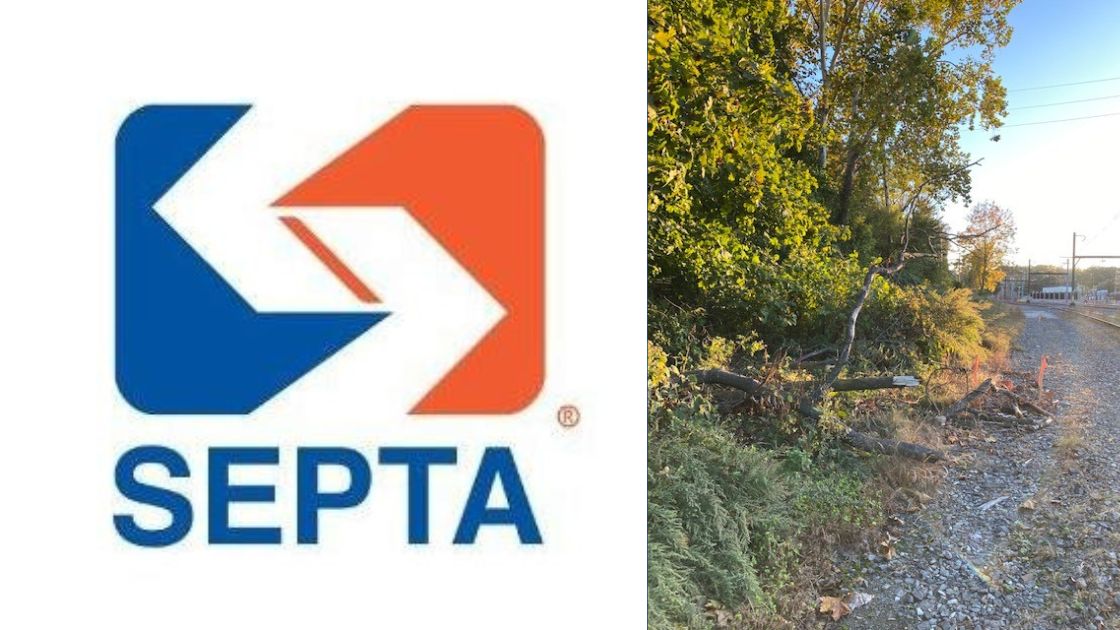Environmental lawyers with experience in class-action law suits, please read on.
SEPTA has been clear-cutting a large swath of forested area which serves as a buffer for residential properties on the 200-300 blocks of Runnymede Avenue in Jenkintown. The land has been owned by SEPTA for generations, and area residents are trying to keep their excavators from going any further.
Zachary Burd, a corporate lawyer who lives on the 300 block of Runnymede Avenue, is desperately seeking a remedy to the situation. By Burd’s estimate, roughly 50 households will be directly impacted by the deforestation plan.
“On one side of the tracks is a creek that flows into Tookany Creek. SEPTA is trying to prevent the creek from overflowing onto the tracks. Their plan is to degrade the land area so that overflow water flows into a retention basin. In order to do that, they have to clear-cut the forested area that is the buffer,” Burd said.
Area resident Frank Reiley noted SEPTA’s self-defeating plan to limit flooding in the area.
“SEPTA’s last 30 years of development has changed the land that has caused the flooding problem, even taking into consideration of the upstream issues created by Abington township development. See the flood map where the 90% redirection from the Tookany creek, transferring runoff to the Jenkintown side of the track,” Reiley said. “Look at the point where the flood waters suddenly stop at the creek, and then transitions to the Jenkintown side of the tracks. This was done by SEPTA development. The upstream and at SEPTA’s properties are specifically due to Abington Township’s lack of engineering oversight for the increased flow of water and subsequent runoff. Both SEPTA and Abington Township should not destroy the natural buffer within the Jenkintown Borough. Jenkintown’s leadership must address this issue.”
Burd agrees.
“I think the reason the overflowing is happening is because of SEPTA’s development over time. I think they’ve expanded their tracks so that there aren’t a lot of buffer zones left, and they’ve put in a culvert on the other side, to a point where they’ve created their own problem, which they’re trying to solve for by deforesting the area,” he said. “It won’t just kill the animals, it’ll potentially increase the amount of flooding we get already. I’ve had water come up to my door.”
Residents have emphasized the accumulating loss of wildlife as a byproduct of deforestation in the area.
“There’s a bustling habitat with birds, foxes, rabbits, chipmunks, and deer. There’s a lot of wildlife flying and crashing into my closed windows. There are chipmunks going bananas looking for new homes,” Burd said.

“SEPTA says that it’ll allow water to pass better, but that doesn’t make sense to me. I don’t really buy that. It’s going to hurt our property values. I’m going to be looking at train tracks instead of trees,” Burd said. “If we can get the engineers to think of a more creative, adaptable solution, I’m confident that this is doable without causing this much destruction.”

Anyone with helpful information or strategies which could thwart SEPTA’s deforestation project are encouraged to reach out to zachburdlaw@gmail.com.

